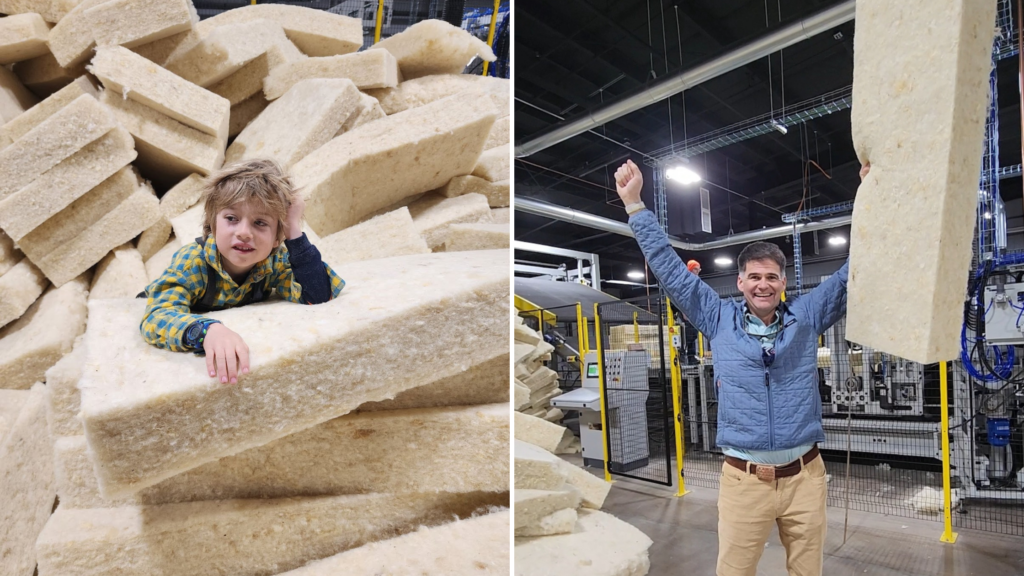In a world increasingly aware of the pressing issues posed by climate change, energy efficiency, and sustainable living, the question of how we insulate our homes takes on new importance and is raised with increased frequency. For too long, many homeowners and builders have relied on synthetic insulation products that offer convenience but come with a litany of environmental and health concerns. It’s time we rethink our choices and embrace a material that is as effective as it is sustainable: wool insulation.
At first glance, wool may seem like an unconventional choice for insulation. However, when you look closer at its properties and benefits, it quickly becomes apparent that wool insulation stands out in a crowded market. One of the primary reasons to consider wool is its remarkable thermal performance. Wool naturally regulates temperature, helping keep homes warm in winter and cool in summer. Unlike synthetic materials that can eventually sag or degrade, wool maintains its insulating properties over time, providing long-term energy efficiency.
Moreover, wool insulation is not just about temperature control; it also excels in sound absorption. Its fibrous structure makes it adept at blocking noise, creating a peaceful living environment—a crucial factor for urban dwellers or anyone looking for solace in the hustle and bustle of daily life. When we think about comfort at home, quietness often plays an essential role, and wool does this remarkably well.
Perhaps one of wool’s most significant advantages is its natural ability to manage moisture. Wool can absorb and release moisture without losing its insulating capabilities, helping to regulate humidity levels within a building. This property is particularly beneficial in preventing mold and mildew, which can thrive in conventional insulation materials that trap moisture. By choosing wool, homeowners are not just making a choice for themselves; they are also investing in a healthier living space.
In an industry that often prioritizes cost over environmental impact, wool insulation also emerges as a champion of sustainability. Sourced from sheep, wool is a renewable resource that is biodegradable and non-toxic. In contrast, synthetic insulation products often contain harmful chemicals and toxins that can off-gas into our homes, harming indoor air quality. Choosing wool insulation means opting for a product that is free of formaldehyde and other pollutants, making it a safer option for families, especially those with young children or sensitive individuals.
Despite its myriad benefits, some may hesitate at the initial cost of wool insulation compared to conventional options. It’s true that wool can have a higher upfront cost, but the long-term savings in energy bills and the potential for fewer health issues make it a smart investment. Moreover, as more consumers and builders recognize the importance of sustainable materials, the demand for alternatives makes wool much less costly on a relative basis.
As society shifts towards more sustainable practices, the construction and renovation industries have a crucial role to play. Members of the building trade must provide awareness and education for using environmentally friendly materials like wool insulation, encouraging builders and homeowners alike to make responsible choices. By prioritizing high integrity alternative materials, we can create a market that values sustainability alongside performance, ultimately contributing to a healthier planet.

In conclusion, the case for wool insulation is compelling. It offers a combination of superior thermal and acoustic performance, moisture management, and environmental sustainability that synthetic alternatives fail to match. As we face an uncertain future and the reality of climate change looms larger, now is the time to rethink our building choices. Embracing wool insulation is a step toward a more sustainable, healthier lifestyle—one that benefits not just individual homes, but the planet we all share. Let’s make a commitment to choosing materials that align with our values and ensure a better future for generations to come.





